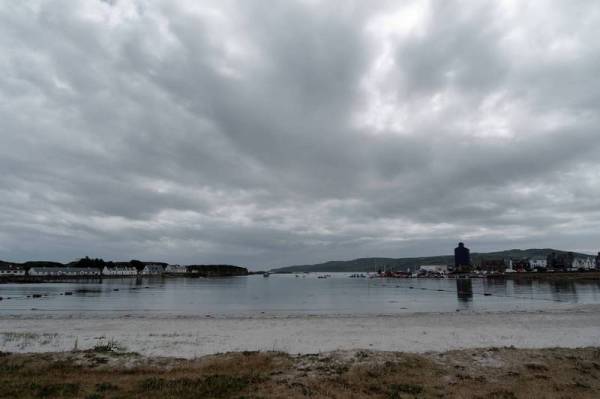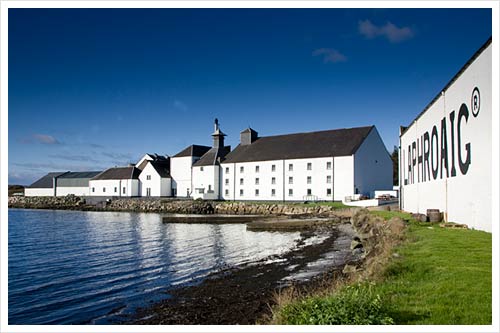
Port Ellen, Islay
After the ratification of the 18th Amendment on January 16, 1919 and passage of the Volstead Act on October 28, 1919, Prohibition began on January 16, 1920. Alcohol smuggling began immediately. Rum-runner Captain William S. McCoy began bringing rum from Bimini and the rest of the Bahamas into south Florida. The Coast Guard soon caught up with him, so he began to bring the illegal goods to just outside of the U.S. territorial waters and let smaller boats and other captains such as “Habana Joe” take the risk of bringing it into shore.
McCoy soon bought a sea-going fishing schooner named Arethusa for the purpose and renamed her Tomoka. He installed a powerful engine, mounted a concealed machine gun on her deck and configured the hold to carry all the liquor she could hold mostly Irish and Canadian whiskey.
Rum runners usually added water to the bottles or change labels for more famous ones to stretch their profits. McCoy became famous for never watering his bottles, and this reputation earned his goods as "The Real McCoy."
On November 15, 1923, McCoy and Tomoka encountered the U.S. Coast Guard Cutter Seneca. Tomoka’s machine gun repelled the boarding party, but was less successful against the Seneca’s cannon, and Tomoka was finished, along with McCoy’s career as a rum runner.
Most speakeasy customers got used to the watered whisky, however, and many still drink the “milder” brands like J&B, Cutty Sark, Black & White, and Dewar’s White Label.
For a great chart showing a matrix of Light vs, Rich, plotted against Smoky vs. Delicate, see this site.




